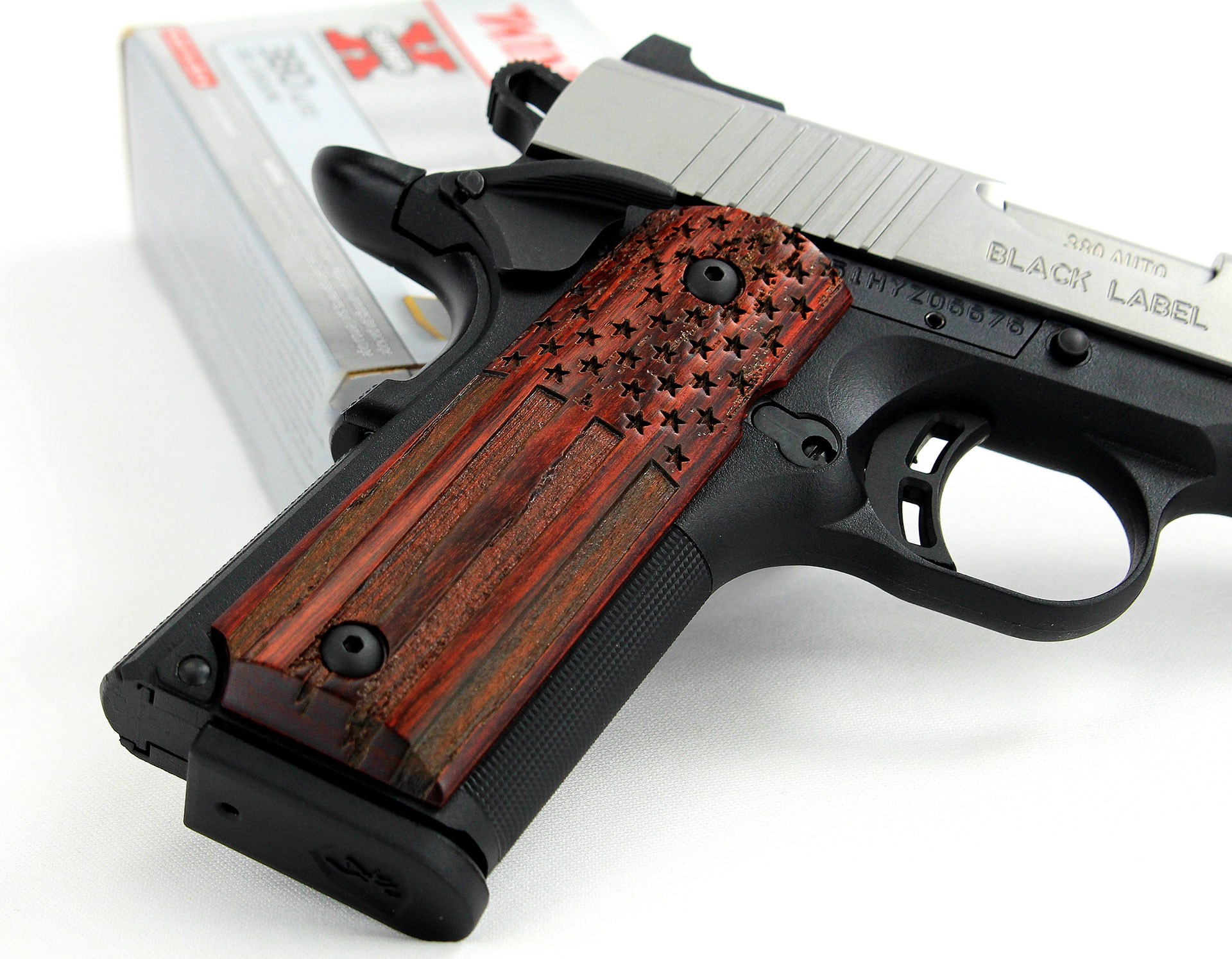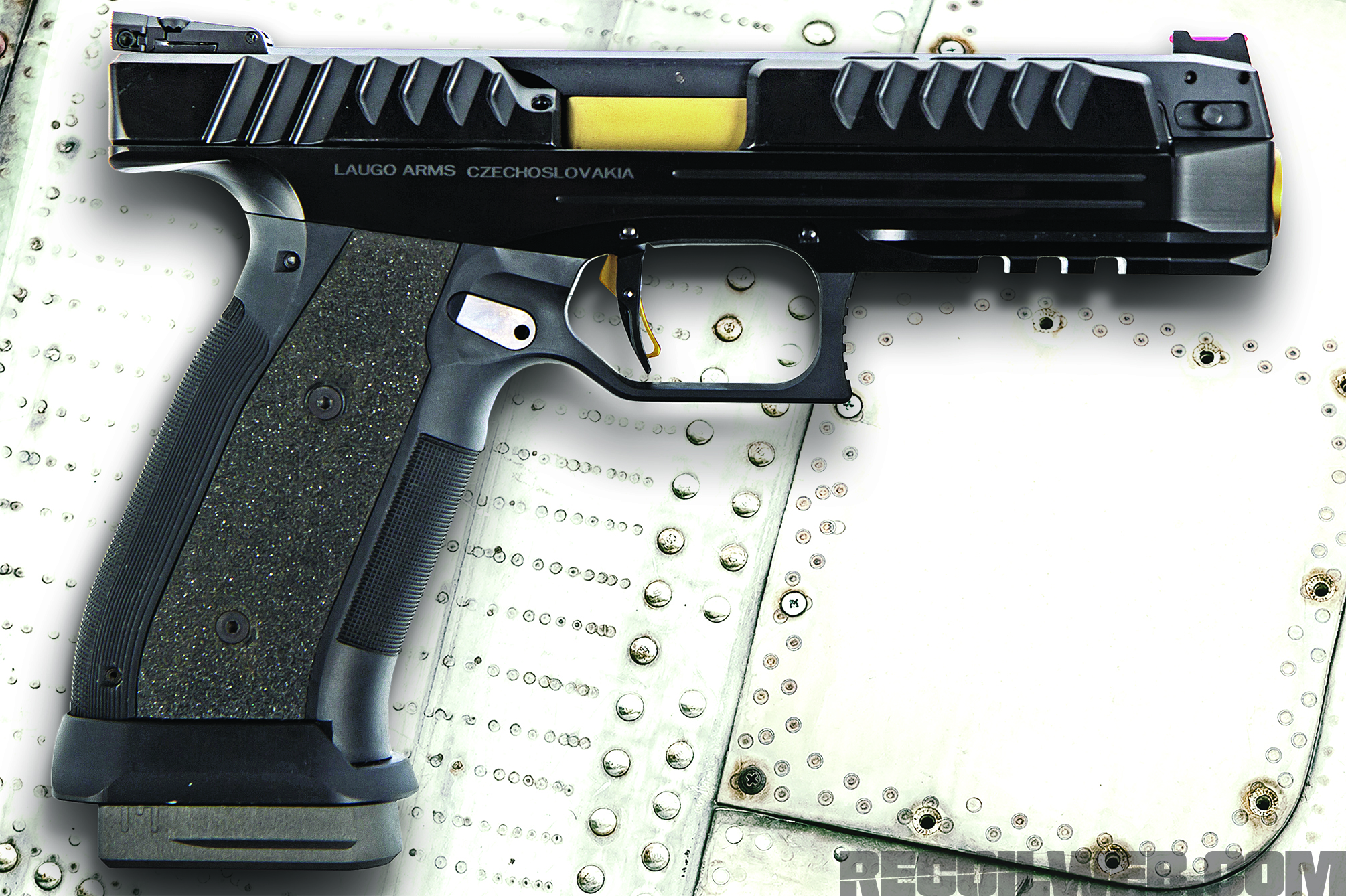1911 Pistol Reviews - I recently had the opportunity to test Springfield Armory's mil-spec pistol in .45 ACP, which is positioned as a very reasonably priced entry-level service pistol in the manufacturer's lineup—though it still has a rigid forged frame and slide. In addition to the taller sights, it shares the silhouette of the World War II era 1911-A1.
Although part of the Springfield Armory 1911-A1 series, it is interestingly not so marked: the left side of the slide simply says MIL-SPEC, while the right side bears the Springfield Armory logo. So what exactly does "mil-spec" mean? In the case of this gun, that can mean different things from different eras. The lines are blurred...
1911 Pistol Reviews
Let's take a closer look at the Springfield 1911 Mil-Spec – describing what it is and how it performs as a .45 ACP pistol.
Review: Regent R100 An Affordable Gi 1911
For the young among us who only see these pistols in history books and museums, a brief history of the 1911 is in order. John Moses Browning designed the pistol that eventually became the M1911 in the US. will be adopted by the army. When introduced in the year of the name, the original 1911 had a flat mainspring housing on the lower rear of the frame, a long trigger, a short grip safety, and a small front sight blade with the same minimal notch. sight.
A century ago, in the 1920s, our military officers practically decided what we now call the First World War.
After the "war to end all wars" as people called it at the time, it might be a good idea to look at upgrading the hardware for the next conflict. A survey was conducted among the doughboys who used the ".45 Automatic" in the trenches. As a result, many changes were made.
The results of those studies led to recommended design changes, and the M1911-A1 was on the drawing board. It turns out that the hammer on the original 1911 was loaded to pinch the web of the hand between itself and the short point of the grip. In fact, that chunky tip itself can draw blood upon withdrawal. Therefore, the spike for the 1911-A1 was lengthened to the shape you see today on the Springfield mil-spec.
Springfield Armory 1911 Ds Prodigy 9mm Pistols: Full Review
The 1911 mil-spec shares many of the features of the M1911-A1 pistol that was issued to US soldiers in the 20th century.
Even those original Lilliputian locations have been changed. They were classified in the Partridge configuration and, although most of us would still consider them too small today, they were a significant advance at the time.
Rust resistance was also an issue. The original 1911 had a blue finish, and the 1911-A1 modification included corrosion-resistant Parkerizing. This gave it a distinctive and business-like flat gray finish. This type of finish is present on the Springfield Armory 1911 Mil-Spec.

It was observed both in combat and on the range that bad shots were less frequent. Perhaps unaware of the fact that practicing with poor postures (standing upright or leaning back slightly, shooting with only one hand, and shooting low without hearing protection) can cause "trigger jerk", USA. Ordnance asked for mechanical improvements.
Sig Sauer 1911 We The People
What they came up with was a rounded tank housing, in the shape of an elongated half-teardrop that pushed the heel of the hand and broke away from the barrel. This will remain a standard feature on the 1911-A1 throughout military production and on commercial Colts, except for target models. This spring is present on the mil-spec.
To avoid crushing, place the 1911 in the shooting hand at this angle, with firm contact with the web of the hand.
One of the biggest complaints from WWI veterans was that the 1911's trigger was too long, making it difficult to pull effectively. Thanks to better nutrition and prenatal care, American men today are significantly taller than they were a hundred years ago, and their hands are proportionally larger. If the average boy stands maybe 5' 6”, half of those fingers will be short.
Accordingly, the 1911-A1 redesign included two features intended to correct or at least improve the trigger problem. One was the machining of recesses in the frame at the rear on either side of the trigger guard, a feature found on nearly every modern Model 1911 today (except those deliberately marketed to collectors with a nostalgic early style).
Christensen Arms 1911 Review
But the other change was simply shortening the trigger. Of course, this was a boon for short-fingered soldiers. But he had two other advantages. This made the 1911-A1's trigger configuration ideal for small women's hands, whose fingers around the digits are shorter than those of an average-sized adult man. It also allows those of us with "average grown male hands" to slide our index finger deep enough into the handguard to touch the trigger at the distal joint, which can greatly increase finger pressure on the trigger.
Now, specifically about our test pistol: It also has features from other "specs," the kind of specs that Delta Force insisted on for its custom 1911s for use in special warfare and hostage rescue. Let's call it "modern specification".
While the 1911-A1 retained the same small ejection port as the original 1911, modern shooters, beginning in the mid-20th century, demanded larger exit portals. The original design dented the ejected brass and was so small that sometimes the live round would fail to clear the ejection port when the gun was unloaded and would either go well into the magazine and out of the stock, or get stuck in the port badly. .

I am happy to say that the current Springfield 1911 mil-spec has the larger ejection port we want in modern times, which solves all of the above issues and is standard throughout the Springfield Armory 1911 line.
Sig 1911 Tacops Review
Additionally, modern serious shooters want at least some magazine for faster, more positive magazine loading in an emergency. 1911 mil-spec has it.
Also what we might call "modern specs" are large fixed sights that are easy to see. The rear section is shaped so that it can be clipped onto a belt or holster to hold the slide with one hand if needed by a wounded warrior. For the most part, though, big sights are easier to keep under tension, easier to align precisely, and, well, that's all good and no bad. Springfield was wise to include this in the mil-spec.
The easy reach of the short trigger gave a pull weight that averaged 4.68 lbs. On Brownell's Lyman Digital Trigger Gauge. It felt lighter because the shorter trigger allowed me to bring my index finger closer to the distal joint on the front of the trigger, giving me more power for a straight pull back. A very short, gentle pickup follows followed by a short, sweet rollback and a very clean break. Of course, the beloved quick reset trigger common to 1911 designs is present here as well.
From a 6′ male to a 5′ female, everyone on our test team loved the gun. We all found it to be controllable, just like any properly held and fired 1911 .45.
Remington 1911 R1 Review: The Good And Not So Good
For accuracy, we tested the Caldwell Matrix comfortably on a concrete bench at 25 yds. from the goal. Each five-shot group is measured to the nearest 0.05", twice: once overall and once for the tightest three shots. Over the decades, I've found that in the experienced hands known as flyers, that three-shot measurement usually approximates The same gun served will for all five with the same ammunition than the others.
We tested three brands of ammunition in the three most popular .45 ACP bullet weights. The Remington 185 grain will most likely be loaded into a true "mil-spec" 1911 designed for full metal jacket round nose ammunition. From the test mil-spec 1911, serial number NM665381, he drilled five holes measuring 2.75” center to center. The top three were in clusters that were barely above half at 1.40". Think of a five-shot group as what an experienced shooter might expect from a pistol under ideal conditions, and a three-shot group as an indication of the gun's inherent mechanical accuracy.
Indeed, 230 gr. ammo is "natural feed" .45 ACP and by far the most popular bullet weight. Winchester's relatively inexpensive standard jacketed hollow point extends from a surprising 5-inch barrel like a Mil-Spec pattern stainless steel. The combination gave us a five-shot group that measured exactly 2.00", and was the heaviest "triple" of our test, scoring just 0.65".

The relatively inexpensive Winchester USA 230 grain JHP ammo shoots a 2.0” group at 25 yards from mil-spec. See the "Top 3" cluster.
Review: Sig Sauer 1911 Stainless Target Pistol In .45 Acp
The "perfect bear" load of the day was a medium bullet weight: Black Hills 200 gr. Lead half cutter. It carved an unbroken curve of big, clean bullet holes for the 1.65-inch group, the best three of which were in tight .65-inch caliber.
For a basic .45 ACP service pistol, it sure will. Judging by the "top three" groups, its accuracy potential meets the "NM" prefix.
Denon avr 1911 reviews, rock island 1911 reviews, 1911 iwb holster reviews, 1911, springfield 1911 reviews, springfield 1911 45 reviews, 1911 holster reviews, desert eagle 1911 reviews, denon 1911 reviews, ria 1911 reviews, armscor 1911 reviews, american tactical 1911 reviews

0 Comments